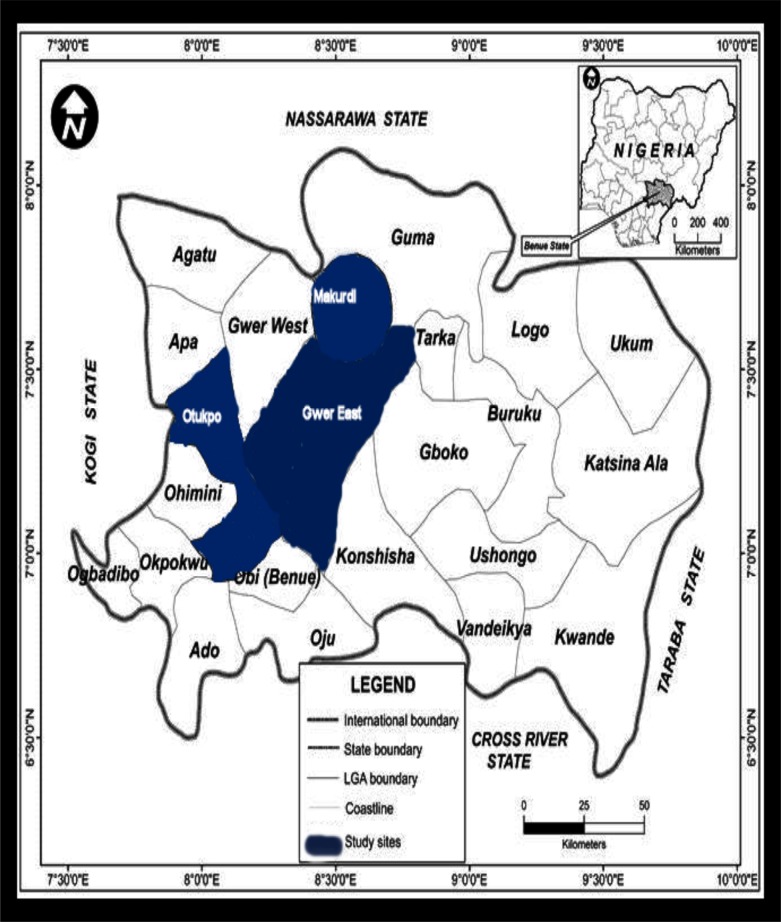Immunological methods are essential instruments for tuberculosis epidemiology; though its use is underutilized in Nigeria. In this research, we report the epidemiological outlook of Mycobacterium tuberculosis amongst HIV sufferers in Benue State, Nigeria.
Sputum samples had been collected from 425 suspected TB sufferers from July 2016 to February 2018 and subjected to acid-fast microscopy, GeneXpert MTB/RIF, processed utilizing NALC-NaOH and cultured on Lowenstein-Jensen media. The isolates obtained had been recognized by SD-Bioline® assay.
ResultsThe prevalence of TB by acid-fast microscopy was 35(15.9%). The prevalence of TB by acid-fast bacilli was considerably (χ2 = 8.458; P = 0.003) highest among the many 15-34 years age group (22.0%) in contrast with different age teams. TB prevalence was considerably (χ2 = 4.751; P = 0.029) greater amongst sufferers from rural areas than these from city middle (23.8% vs 14.1%).
GeneXpert assay detected 64(15.1%) TB circumstances of which sufferers from rural areas had considerably (χ2 = 8.104; P = 0.017) greater prevalence of TB than sufferers from city areas (23.8% vs 12.9%). The total rifampicin resistance TB was 3.1%. Also, sufferers from rural areas had considerably (χ2 = 10.625; P = 0.005) greater rifampicin resistance in contrast with affected person from city areas (8.3% vs 1.3%). Of the 126(29.7%) mycobacterial isolates, 42(33.33%) had been recognized as MTBC and 84 (66.67%) as NTM by SD-Bioline® assay.
The research revealed that Mycobacterium tuberculosis an infection remains to be a significant public well being drawback, with comparatively excessive prevalence charge of rifampicin resistance amongst HIV optimistic sufferers. Further research are wanted for early detection and remedy intervention needed for an infection management.

Fulminant central nervous system varicella-zoster virus an infection unexpectedly recognized by metagenomic next-generation sequencing in an HIV-infected affected person: a case report.
Varicella-zoster virus (VZV) an infection might be recognized clinically as soon as classical rash happens however the prognosis is difficult when typical rash is absent. We reported a case of fulminant central nervous system (CNS) VZV an infection in a human immunodeficiency virus (HIV)-infected affected person with out typical VZV-related rash. CNS VZV an infection was surprising recognized by metagenomic next-generation sequencing (mNGS).A 28-year-old HIV-infected affected person introduced with neurological signs for Three days.
The affected person, who was not suspected of VZV an infection at admission, rapidly progressed to deep coma throughout the first 24 h of hospitalization. An unbiased mNGS was carried out on DNA extract from 300 μL cerebrospinal fluid (CSF) with the BGISEQ-50 platform.
The sequencing detection recognized 97,248 (out of 38,561,967) sequence reads uniquely aligned to the VZV genome, and these reads coated a excessive share (99.91%) of the VZV. Presence of VZV DNA in CSF was additional verified by VZV-specific polymerase chain response and Sanger sequencing.
Altogether, these outcomes confirmed CNS VZV an infection.This research means that mNGS could also be a helpful diagnostic device for CNS VZV an infection. As mNGS might establish all pathogens instantly from CSF pattern in a single run, it has the promise of strengthening our capacity to diagnose CNS infections in HIV-infected sufferers.
